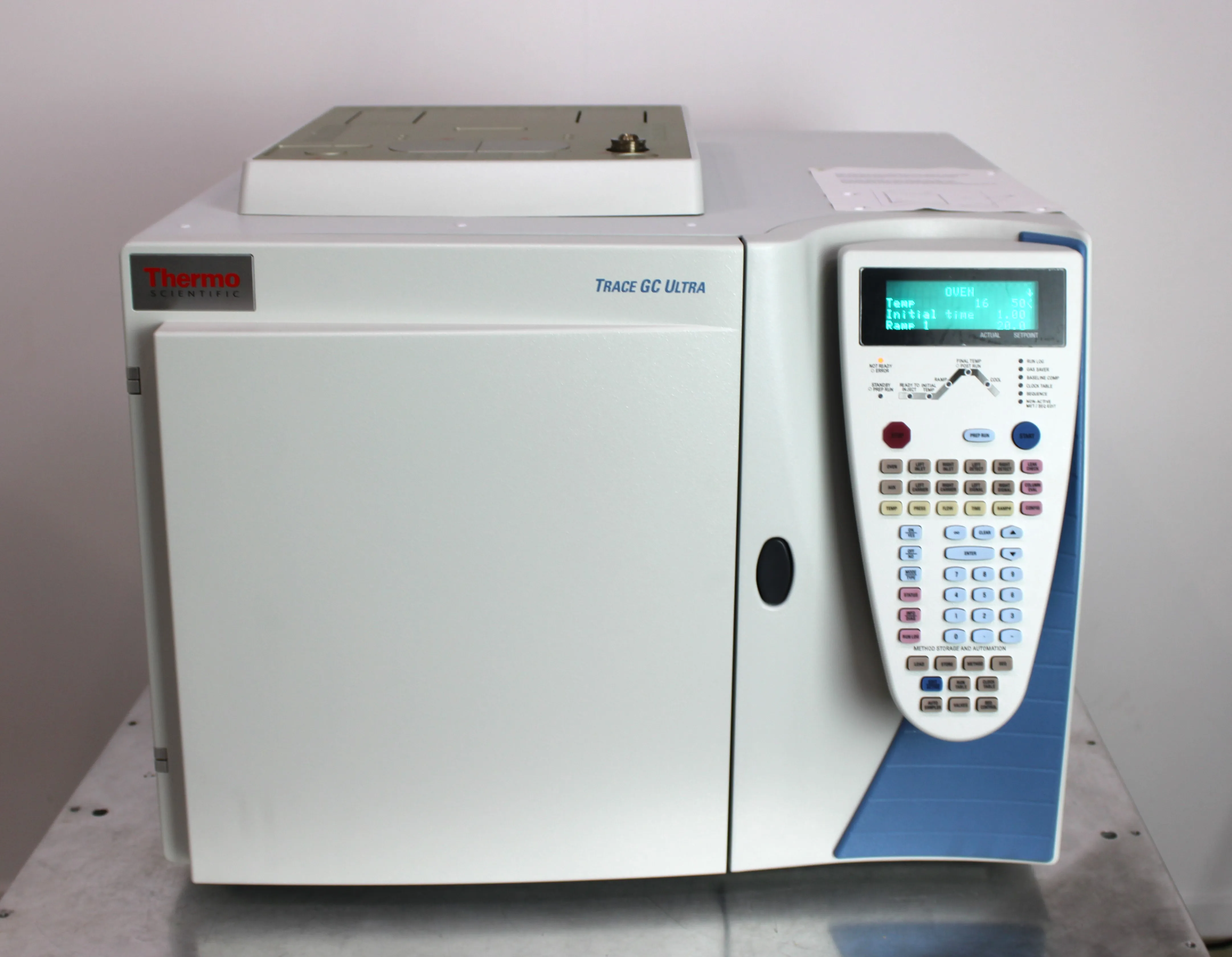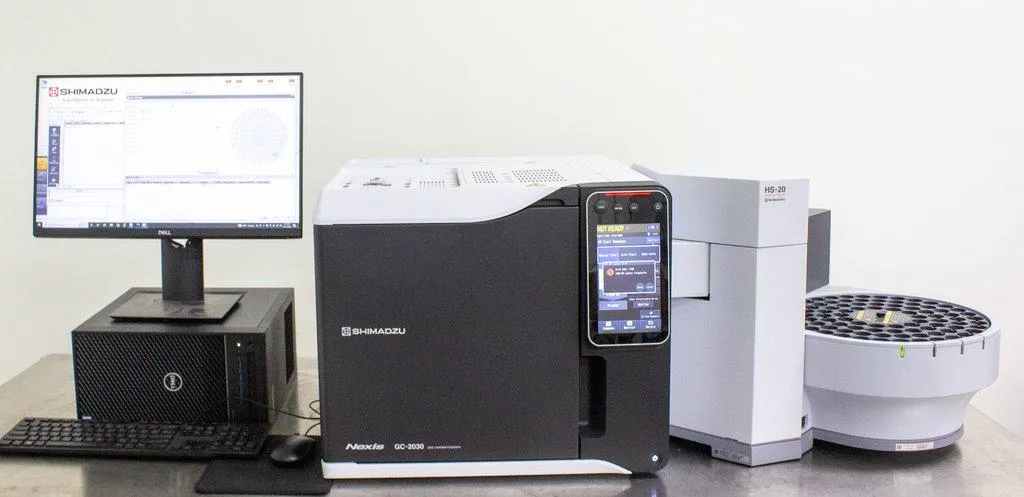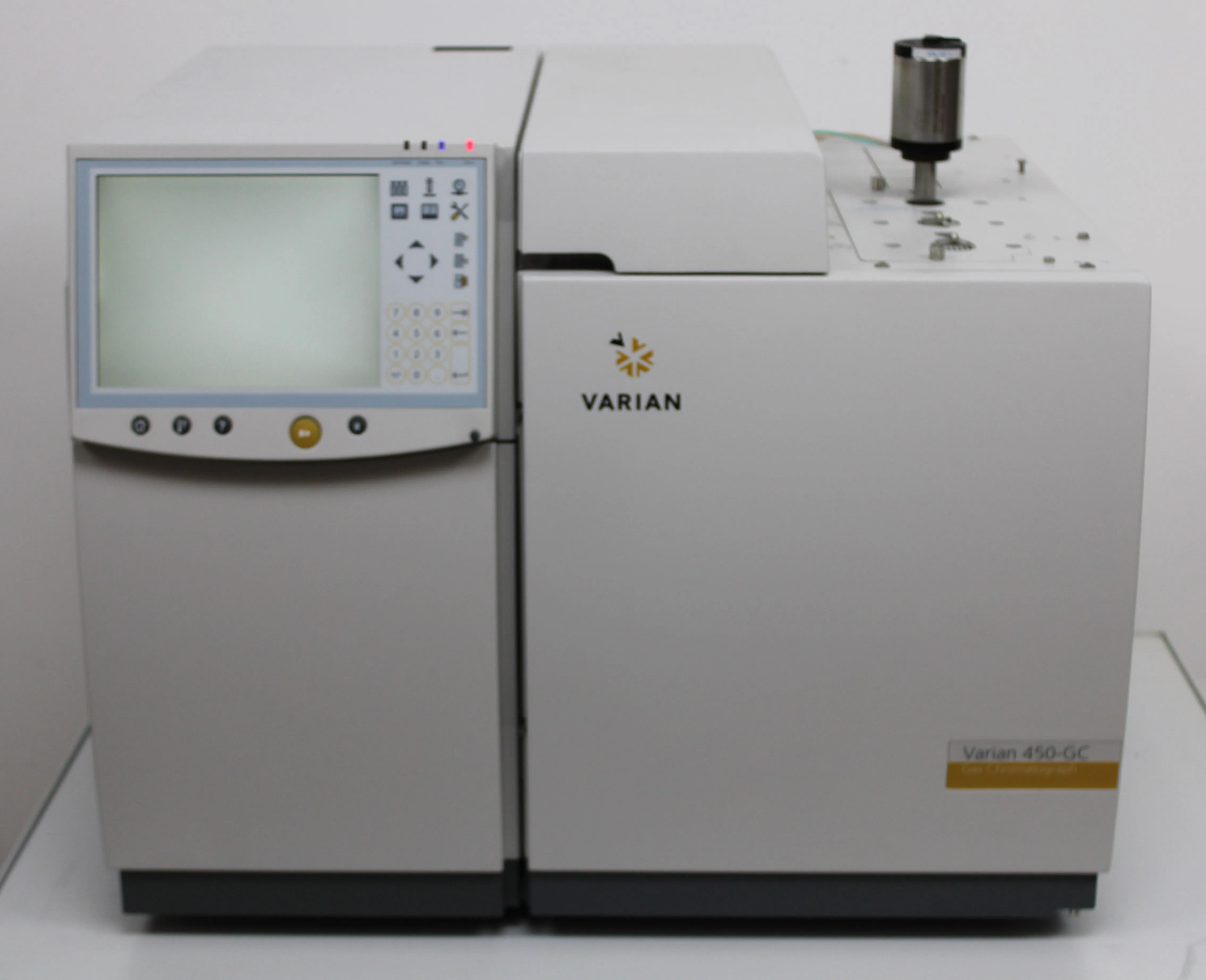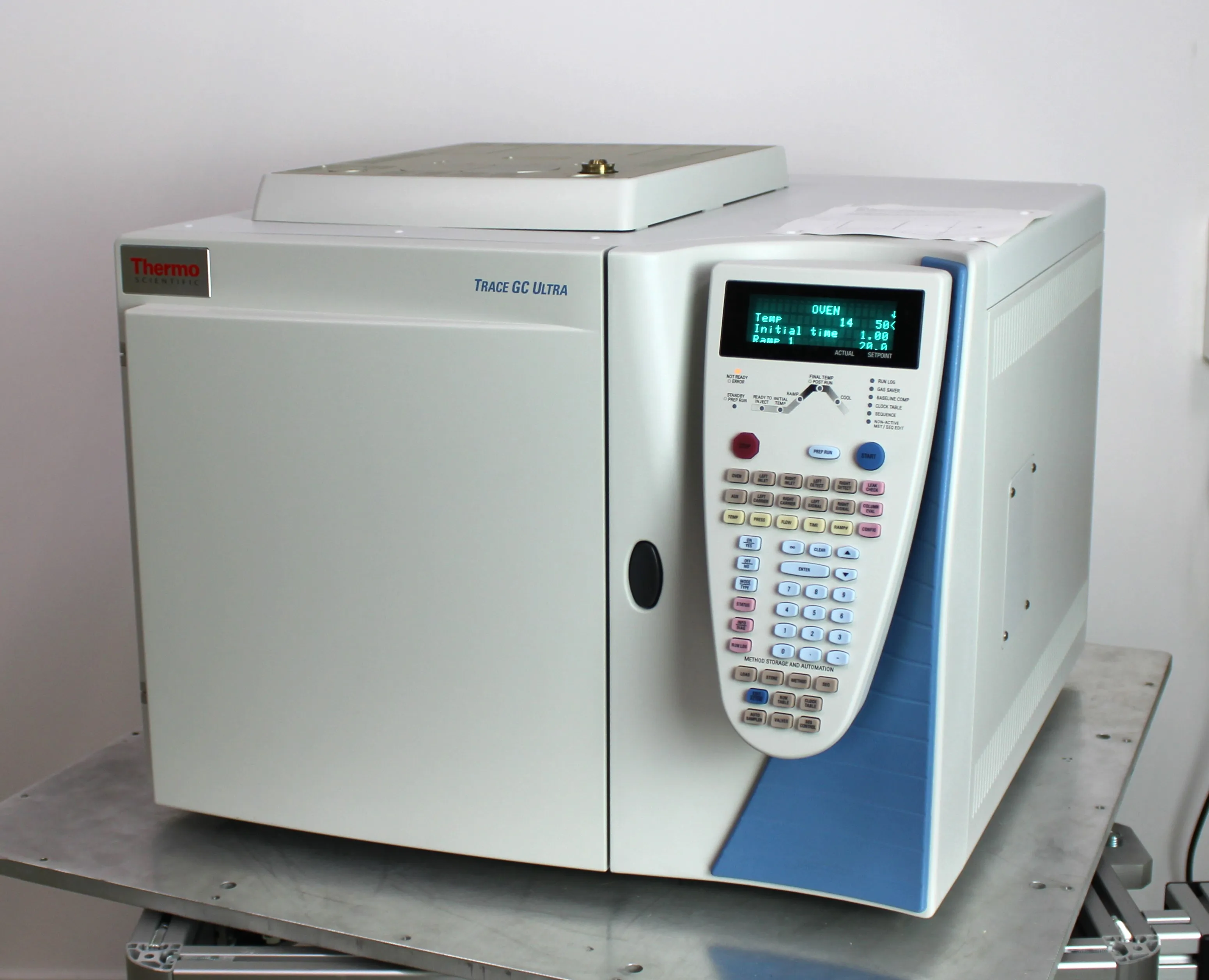Explore our selection of Gas Chromatograph designed for accurate separation and analysis of complex mixtures. We offer a variety of models suitable for diverse applications, providing reliable results for your laboratory needs.
Gas Chromatograph
Price Filter
$1.00 - $35,000.00Product Region
Product Condition
Product Warranty
Browse By Category

Thermo Scientific Trace GC Ultra Multichannel Gas Chromatograph Z24300730000080

Thermo Fisher Scientific Trace GC Ultra Gas Chromatograph - PN K073000000000D0 - Unused Unit

Thermo Fisher Trace GC Ultra Gas Chromatograph, PN K073000000000D0, Unused, 230V, 50Hz/60Hz, 30-Day Warranty

Thermo Fisher Scientific Trace GC Ultra Gas Chromatograph (PN K073000000000D0)

Thermo Fisher Scientific Trace GC Ultra Gas Chromatograph (PN K073000000000D0)
Question & Answers For:
Gas Chromatograph
Past Questions, Helpful Answers.
What is a Gas Chromatograph used for?
A Gas Chromatograph is used for separating and analyzing compounds that can be vaporized without decomposition. It is commonly used in laboratories to analyze gases, liquids, and volatile compounds in various industries, including pharmaceuticals, food safety, and environmental testing.
How does a Gas Chromatograph work?
A Gas Chromatograph works by injecting a sample into a heated column where it is carried by an inert gas. As the sample moves through the column, its components separate based on their chemical properties, such as volatility and affinity for the column material. The separated components are then detected and recorded, providing a detailed analysis of the sample.
What are the benefits of using a Gas Chromatograph?
A Gas Chromatograph offers high precision and reliability in separating complex mixtures. It allows for the detailed analysis of volatile substances, providing accurate data for quality control, research, and regulatory compliance. Its ability to analyze both gases and liquids makes it versatile for various applications.
Is a Gas Chromatograph suitable for both research and industrial use?
Yes, Gas Chromatographs are used in both research laboratories and industrial settings. They are essential tools for testing and quality assurance in many industries, including chemicals, pharmaceuticals, food and beverages, and environmental monitoring.
What types of samples can be analyzed with a Gas Chromatograph?
Gas Chromatographs can analyze a wide range of samples, including volatile organic compounds, gases, liquids, and solvents. Common applications include testing air quality, identifying contaminants in food and beverages, and analyzing chemical compositions in petrochemicals.
Do Gas Chromatographs require special training to use?
While Gas Chromatographs are designed for ease of use, they typically require some level of technical training to ensure proper operation and accurate results. Users need to be familiar with sample preparation, instrument calibration, and data interpretation.
Can a Gas Chromatograph detect trace amounts of substances?
Yes, Gas Chromatographs are capable of detecting trace amounts of substances with high sensitivity. They are commonly used in environmental monitoring and forensic analysis to identify low concentrations of chemical compounds.
How long does it take to analyze a sample using a Gas Chromatograph?
The time for sample analysis depends on the complexity of the sample and the specific method used. Typically, a Gas Chromatograph can analyze samples in a few minutes to an hour, depending on the separation and detection requirements.
What kind of results can I expect from a Gas Chromatograph?
A Gas Chromatograph provides detailed chromatograms that show the separation of different components in a sample. The results include peak identification, retention times, and concentrations of individual components, allowing for precise analysis.
Is a Gas Chromatograph easy to maintain?
Gas Chromatographs require regular maintenance, such as cleaning and replacing the column or detectors as needed, but they are designed to be durable and reliable with proper care. Routine maintenance ensures consistent performance and accuracy of results.


